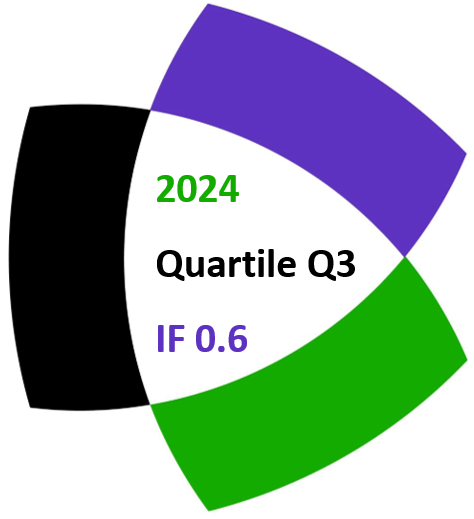S. G. Rayaguru, M. K. Sahukar and G. K. Panda
Notes on Number Theory and Discrete Mathematics
Print ISSN 1310–5132, Online ISSN 2367–8275
Volume 26, 2020, Number 3, Pages 149–159
DOI: 10.7546/nntdm.2020.26.3.149-159
Full paper (PDF, 324 Kb)
Details
Authors and affiliations
S. G. Rayaguru ![]()
Department of Mathematics, National Institute of Technology
Rourkela, India
M. K. Sahukar ![]()
Department of Mathematics, National Institute of Technology
Rourkela, India
G. K. Panda ![]()
Department of Mathematics, National Institute of Technology
Rourkela, India
Abstract
The generalized Lucas sequence {Un}n≥0 is defined by Un+1 = rUn + sUn−1; n ≥ 0 with U0 = 0; U1 = 1 of which the Fibonacci sequence (Fn) is the particular case r = s = 1. In 2018, F. Luca and A. Srinivasan searched for the solutions x, y, z ∈ Fn of the Markov equation x2 + y2 + z2 = 3xyz and proved that (F1; F2n−1, F2n+1); n ≥ 1 is the only solution. In this paper, we extend this work from the Fibonacci sequence to any generalized Lucas sequence Un for the case s = ±1.
Keywords
- Lucas sequences
- Markov equation
- Markov triples
2010 Mathematics Subject Classification
- 11B39
- 11D99
References
- Behera, A., & Panda, G. K. (1999). On the square roots of triangular numbers, Fib. Quart., 37 (2), 98-105.
- Bolat, C., & Köse, H. (2010). On the Properties of k-Fibonacci Numbers, Int. J. Contemp. Math. Sciences, 5 (22), 1097–1105.
- Luca, F., & Srinivasan, A. (2018). Markov equation with Fibonacci components, The Fibonacci Quarterly, 56 (2), 126–129.
- Markoff, A. (1880). Sur les formes quadratiques binaires indéfinies, Math. Ann., 17 (3), 379–399.
- Panda, G. K., & Ray, P. K. (2011). Some Links of Balancing and Cobalancing Numbers with Pell and Associated Pell Numbers, Bull. Inst. Math., Acad. Sin., 6 (1), 41–72.
- Sloane, N. J. A. On-Line Encyclopedia of Integer Sequences, Available online at: https://oeis.org/.
Related papers
Cite this paper
Rayaguru, S. G., Sahukar, M. K., & Panda, G. K. (2020). Markov equation with components of some binary recurrent sequences. Notes on Number Theory and Discrete Mathematics, 26 (3), 149-159, DOI: 10.7546/nntdm.2020.26.3.149-159.


